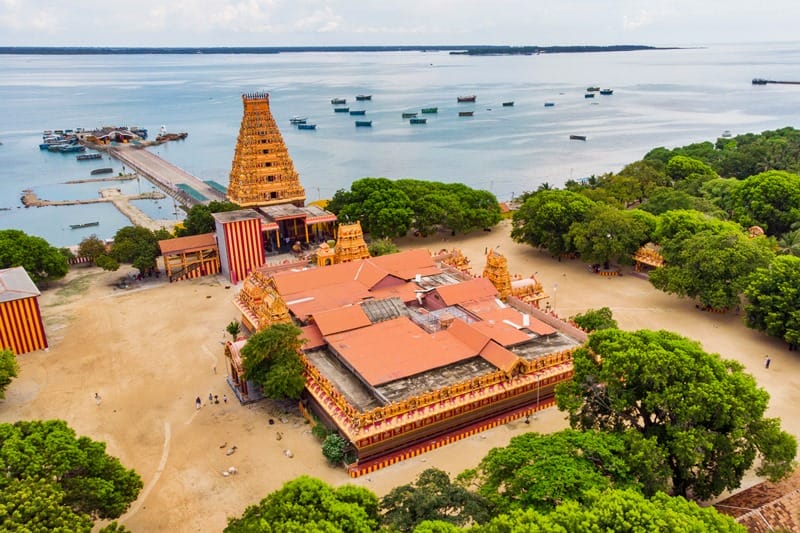Jaffna, Sri Lanka – Travel Tips
Category
Categories
Popular Articles

## Overview of the Destination
Jaffna, located at the northern tip of Sri Lanka, is a historical city with a blend of colonial charm and Tamil culture. This unique metropolis is known for its pristine beaches, remarkable forts, ancient temples, and palaces. Tourists are drawn to its exquisite cultural offerings, rich history, and vibrant local life. Experiencing the warmth of the locals and indulging in the delectable Jaffna cuisine will make your trip worthwhile.
## Best Time to Visit
The best time to visit Jaffna is during the dry season from May to September when the weather is more pleasant and the skies are clear blue. Another good time is between October and February when the weather is cooler. Jaffna hosts the Navaratri and Deepavali festivals in October, which showcase local culture and art at its best.
## Climate & What to Pack
Jaffna experiences a tropical climate. Expect temperatures to fluctuate between 25 and 20 degrees Celsius. Packing light, breathable clothing, sunscreen, hats, and sunglasses is recommended. Umbrella and rain gear are good to have during the monsoon period (October to December).
## Getting There
The nearest major airport is Bandaranaike International Airport in Colombo. From Colombo, you can take a domestic flight to Jaffna International Airport, hire a taxi, or take a bus or a train. Tourists from most countries can apply for an Electronic Travel Authorization before arrival.
## Getting Around Locally
Travel around Jaffna is easy. Local buses and taxis are available, while bikes and scooters can be rented. The city is quite pedestrian-friendly, and walking is a delightful way to soak in the local ambiance. Always negotiate prices with tuk-tuk drivers ahead of time.
## Safety Tips
Jaffna is generally safe for tourists but practice the usual safety measures. Avoid isolated areas at night. Be aware of potential scams when hiring taxis; agree on a fare before the trip begins. Be culturally sensitive, dress modestly, especially while visiting places of worship. Solitary travellers should remain cautious and avoid late-night outings.
## Top Things to Do & See
Must-see spots include the iconic Jaffna Library, Jaffna Fort, and Nallur Kandaswamy Kovil. Discover hidden gems such as Delft Island and stroll around the local markets. Immerse yourself in a Jaffna culture tour and partake in local traditional activities.
## Where to Stay
Luxury travellers can consider Fox Jaffna or Jetwing Jaffna, while mid-range options would be Tilko Jaffna City Hotel. Budget travellers can go for hostels like Yaarl Hostel. The town center is the best area to stay as most attractions, restaurants, and markets are nearby.
## Food & Local Cuisine
Indulge in the local Tamil dishes. Savour the Jaffna crab curry, ‘Appa’ (hoppers), mango curry, and mutton rolls. Street food spots are aplenty, particularly on Hospital Street. Upscale dining can be enjoyed at Mango’s or Nila Restaurant.
## Cultural & Practical Tips
The currency is the Sri Lankan Rupee (LKR), and the official languages are Sinhala and Tamil, but English is widely spoken. Tip 10% of the bill if a service charge is not added. The power plug type is D, K, M, and the standard voltage is 230V. Wi-Fi is available in most hotels, cafés and some public areas.
## Sustainable or Responsible Travel Tips
Respect the local culture, norms, and religious beliefs. Avoid littering and plastic use. Patronize local businesses to support the local economy. Dispose of your waste properly, especially when on the beach or at historical sites.
To conclude, Jaffna is a world in itself, waiting to be discovered. Immerse yourself in its cultural richness, and you would leave with a backpack full of memories and a heart full of experiences.










